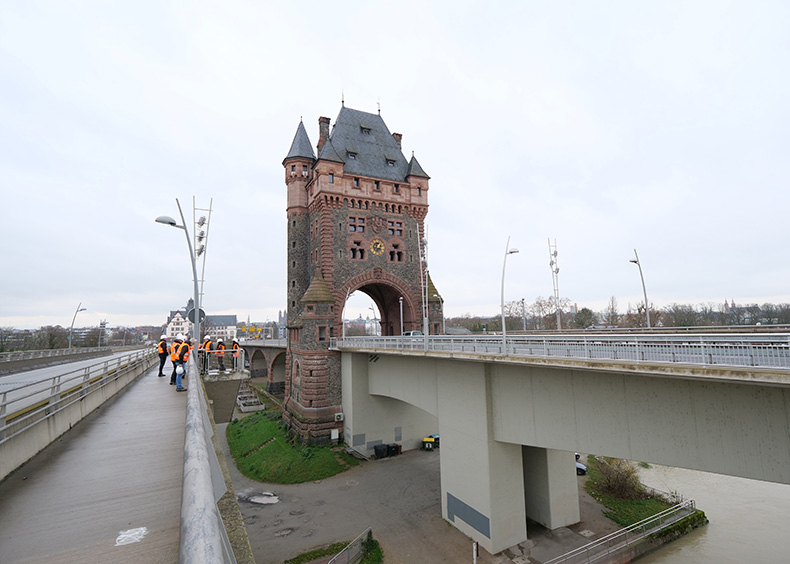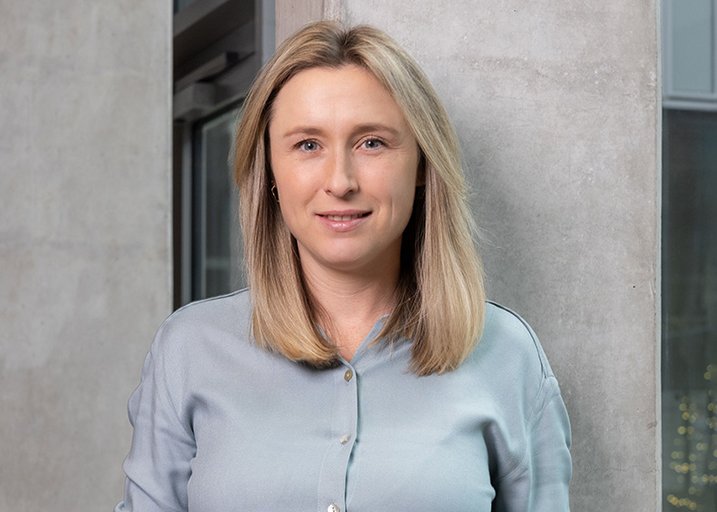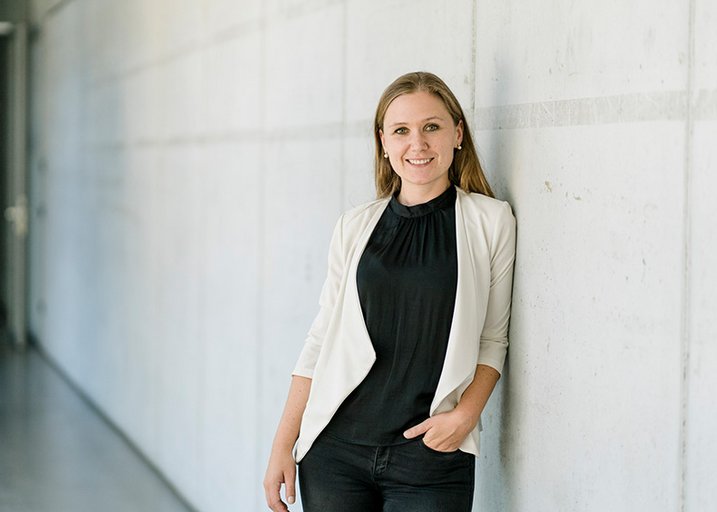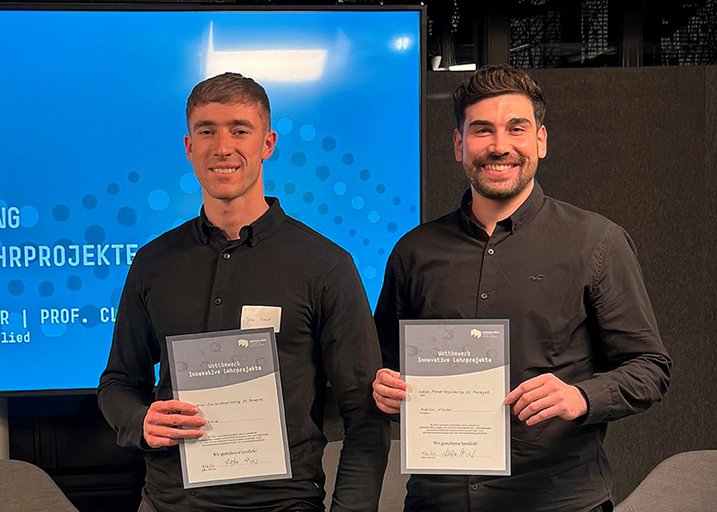As part of the Interdisciplinary Project module, 24 students from the Construction Ddepartment went on a three-day construction site field trip in mid-December. Led by Prof. Jochen Lüer, Prof. Dr. Andreas Garg, and research assistant Frank Reis, the group visited a total of five sites. This field trip, which is organized every semester, offers the participants very practical insights into their field of study.
First stop: Beton Betz in Kirchardt

The first stop was Beton Betz in Kirchardt, a company specializing in precast concrete parts. The students learned about the complex and precise process of manufacturing prefabricated ceilings and walls.
After this informative kick-off, the students continued on to Ulm for their first overnight stay. In addition to a visit to the Christmas market, they also had the opportunity to visit Ulm Cathedral. The combination of technical knowledge and cultural experience added to the day.
Insight into crane production: A visit to Liebherr in Ehingen
On the second day of the field trip, the group visited Liebherr in Ehingen. Here, the students were given comprehensive insight into the series production of mobile and crawler cranes. Over 2000 cranes are produced there every year, which are exported worldwide. Before they are dispatched, the cranes are extensively tested and approved in all load and operating configurations on the factory's own test site.
During a five-hour factory tour through the production halls, the group was shown all the production and work steps, from the laser cutting of the sheet metal all the way through to the individual painting and decaling of the cranes. After the almost five-kilometer tour, the group enjoyed a delicious lunch in the factory cafeteria before continuing on to Karlsruhe.
Bridge building: practical learning experience in Bruchsal and Worms

The third day of the field trip was all about bridge construction. The group first visited a bridge construction site in Bruchsal, where the challenges of working while maintaining traffic flow were demonstrated. Before the site visit, the group was given insight into the construction project by the project managers from the company Peter Gross Bau. This construction project initially involved the installation of six temporary bridges. Over time, these were replaced by nine new, permanent bridges. One particular challenge was that the construction work had to take place on a busy European railroad line, which had to remain open to both train and car traffic. To enable the civil engineering work, the demolition of the old bridges, and the installation of both the temporary and the new bridges, short-term traffic closures were put in place at certain times.
After a short break with a snack and a round of questions, we were welcomed at the Nibelungen Bridge in Worms by Wladimir Herrmann from the Worms Landesbetrieb Mobilität (State Mobility Office). He informed us about the condition of the old Nibelungen Bridge, which was built in 1953 as a prestressed concrete structure, and explained the methods used to monitor and maintain the bridge. The bridge tower on the Worms side, which dates back to 1915 and has been preserved, is particularly notable. Herrmann also spoke about the construction of the new Nibelungen Bridge, which was completed in 2006, and then took us inside the new prestressed concrete bridge, where we had the opportunity to ask questions.
Finishing the trip at Jungk Poroton in Wöllstein

The field trip came to an end with a visit to Jungk Poroton in Wöllstein. Here, Oliver Schmitt explained to the students in detail how Poroton blocks are manufactured. He then took us on a tour of the outside premises and the production halls, where we were able to see the different types of blocks being manufactured.
The excursion provided an excellent opportunity to combine theoretical knowledge with practical experience. The participants gained valuable insights into different areas of civil engineering and broadened their knowledge.




